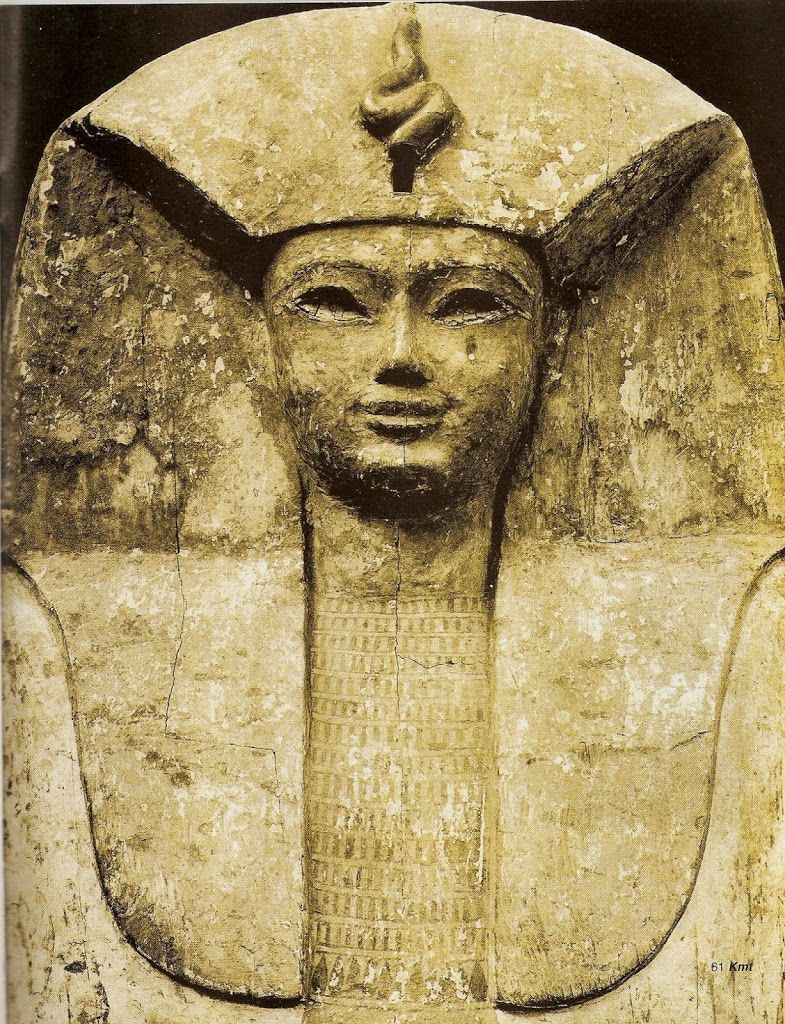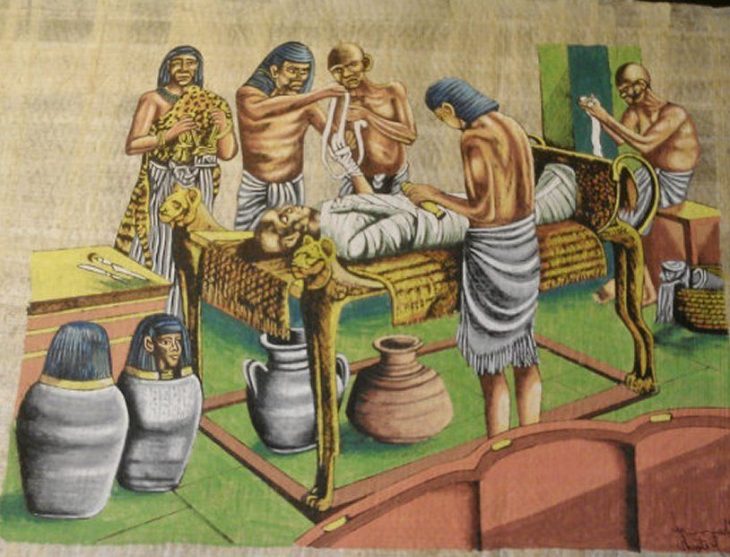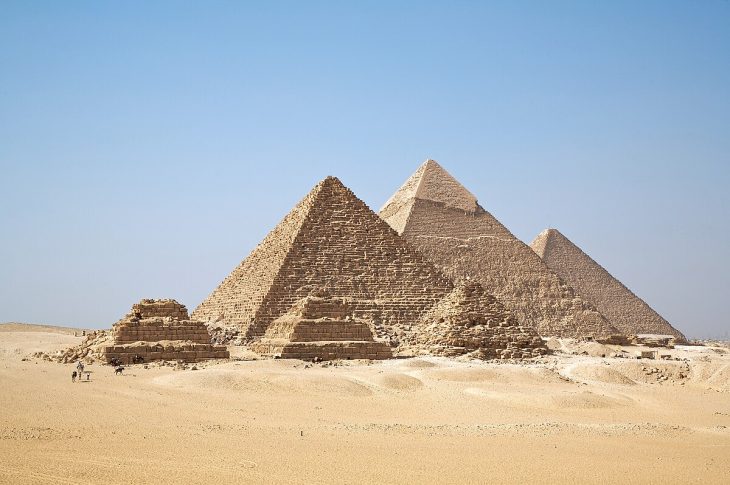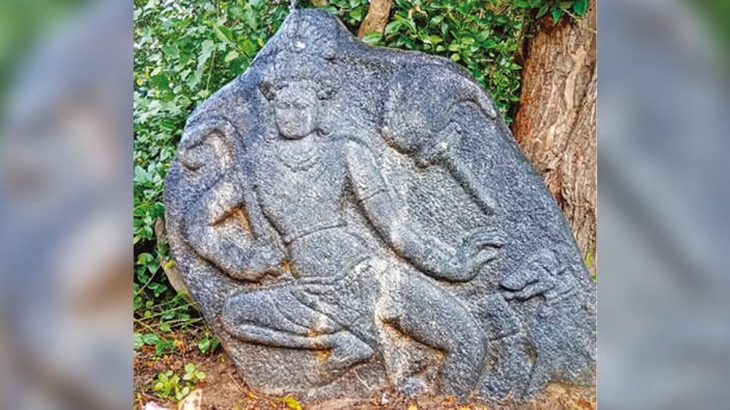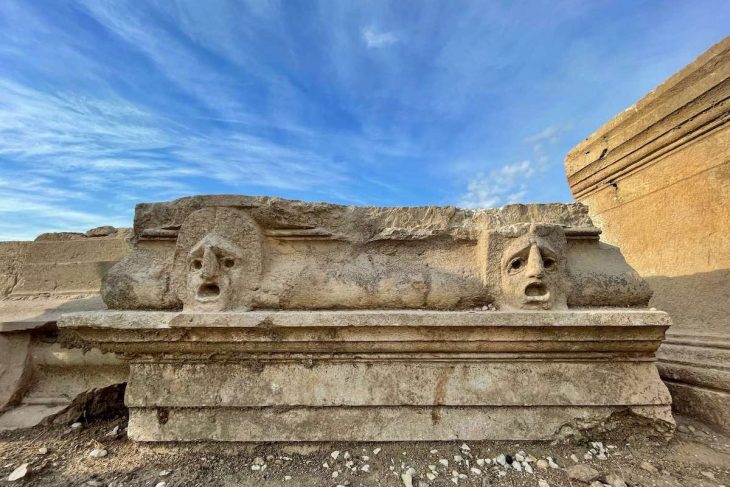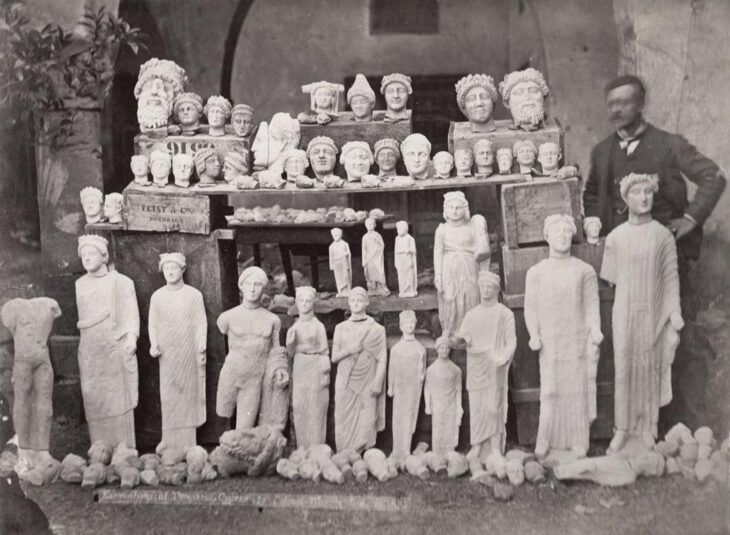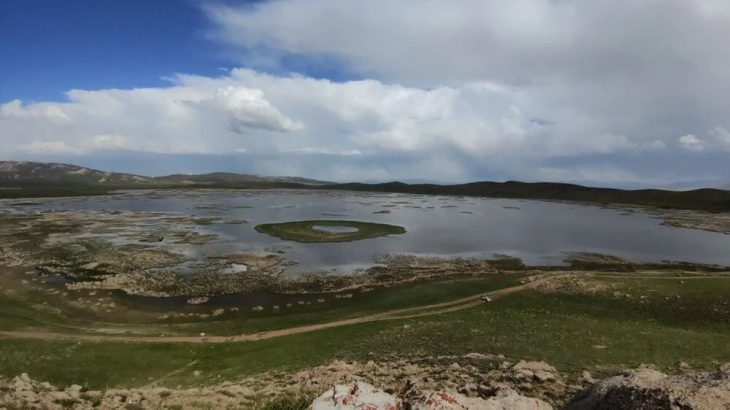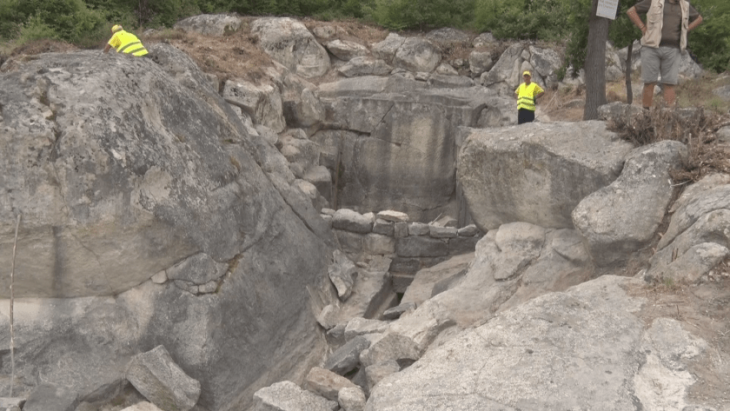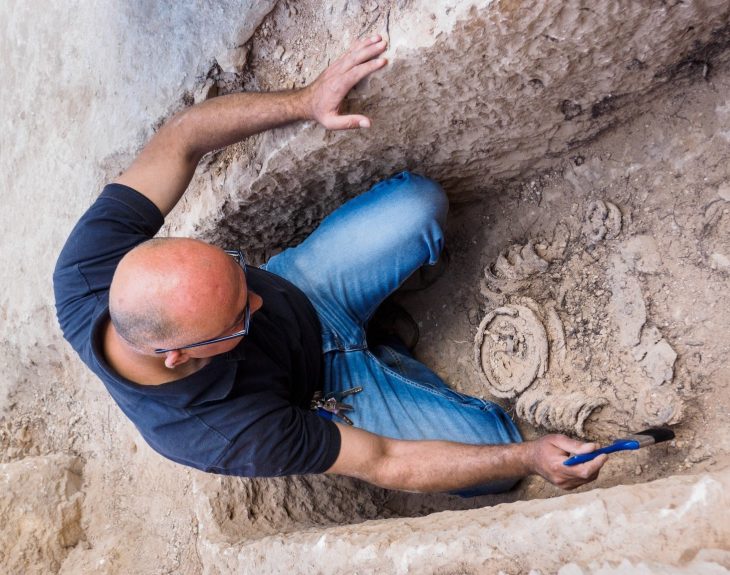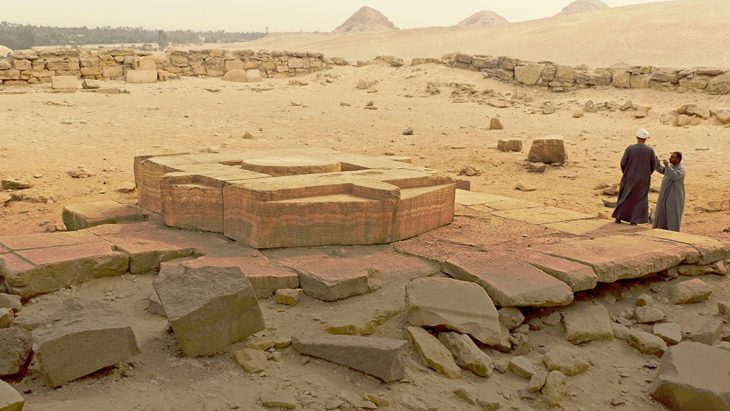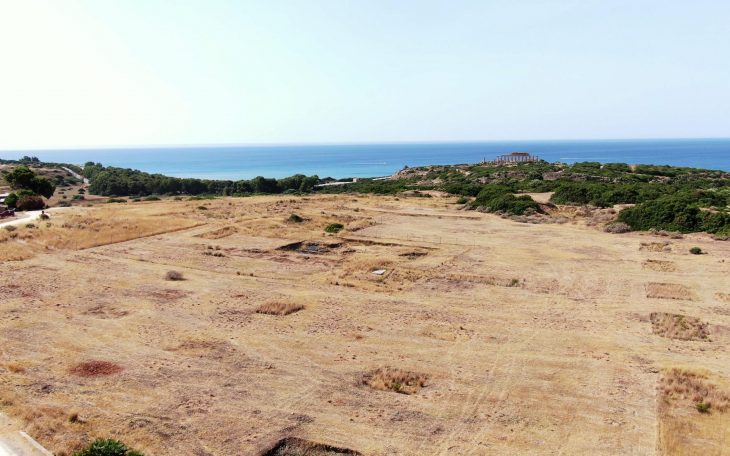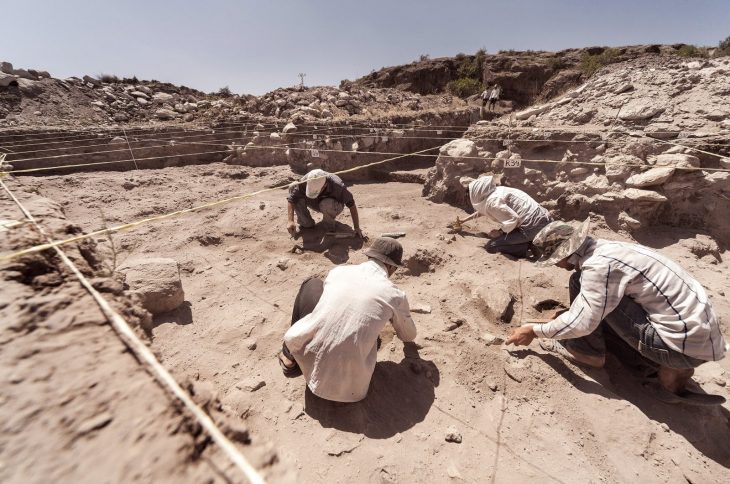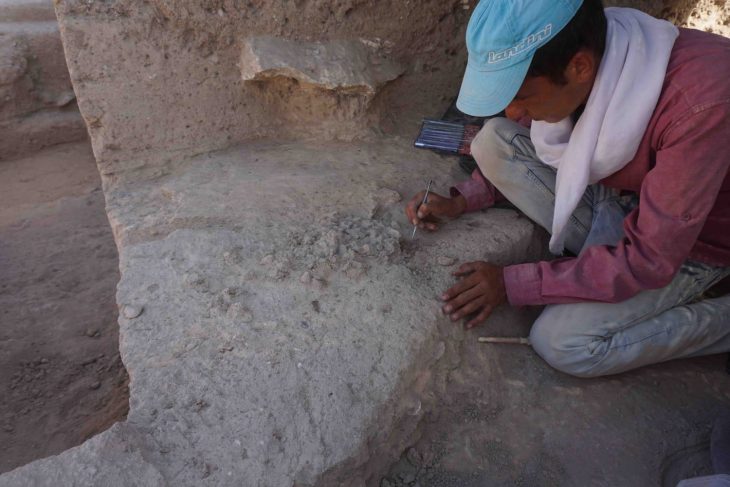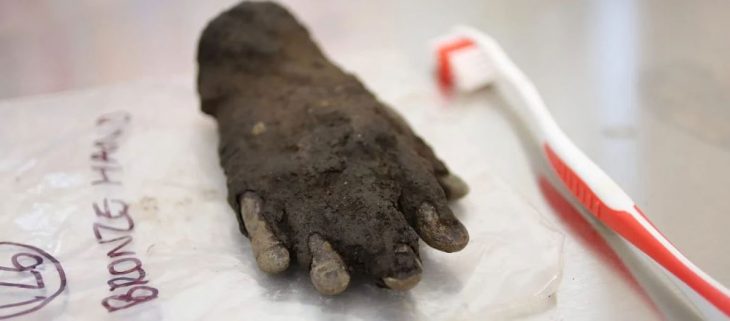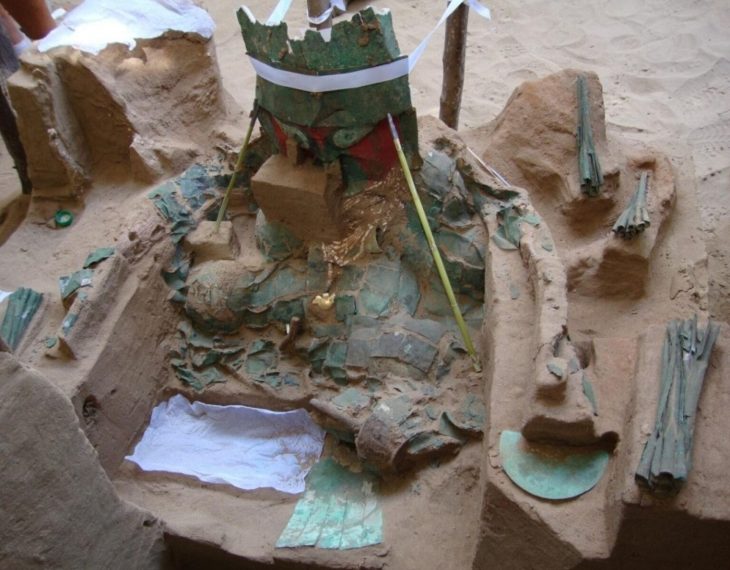The mummy of Pharaoh Seqenenre Taa II, found in 1880, was re-analyzed. When it was found, the deep wounds on his face had drawn the attention of archaeologists. Renowned Egyptologist Zahi Hawass and his colleague Sahar Saleem found that Seqenenre Taa II had more fractures.
Pharaoh II. Seqenenre Taa encountered a terrible death on the battlefield. According to a report published in Live Science, Pharaoh died trying to protect his country.
“This suggests that Seqenenre was really on the front line with his soldiers, risking his life to liberate Egypt,” study lead author Sahar Saleem, a professor of radiology at Cairo University, said in a statement.
That’s according to a new computed tomography (CT) study of the pharaoh’s damaged mummy, which revealed new facial wounds that ancient embalmers tried to disguise. The pharaoh had a huge slice in his forehead, cuts around his eyes and cheeks, and a stab wound at the base of the skull that may have reached the brain stem. The attackers, it seems, surrounded the defeated ruler on every side.
Cause of war Hippos
Seqenenre Taa II was the ruler of southern Egypt between 1558 BC and 1553 BC. The Hyksos controlled northern Egypt and required tribute from the southern part of the kingdom. According to what is written in fragmented papyri, II. Seqenenre Taa revolted against the invaders after receiving a complaint from the King of Hyksos that the noise of hippos in a sacred pool in Thebes had disturbed his sleep. The king lived in the capital Avaris, 400 miles (644 kilometers) away. In this fabricated accusation, the King of Hiksos demanded the destruction of the holy pool. This meant a great insult to the pharaoh. Probably this insult was the beginning of the war.
The text on an engraved rock slab found in Thebes describes the death of Kamose, son of Seqenenre Taa II and successor, in the war against Hyksos.
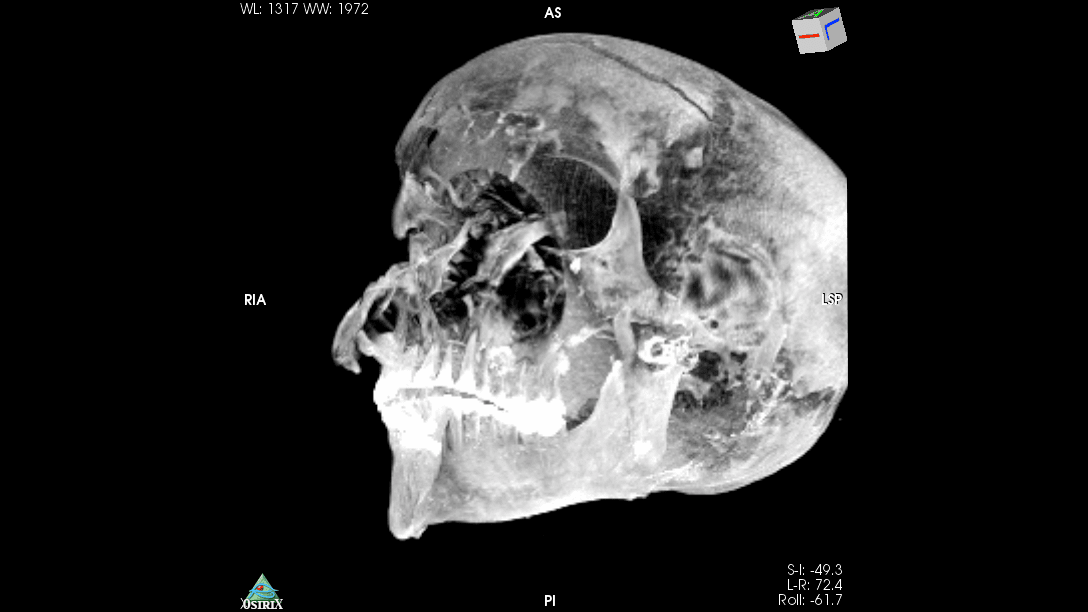
(Photo © Sahar Saleem)
The new study uses X-ray from multiple angles to build a 3D image of the pharaoh’s mummy. The pharaoh’s remains are in poor condition, with bones disarticulated and the head detached from the rest of the body.
Bad Death
The pharaoh had a 2.75-inch-long (7 centimeters) cut across his forehead, which would have been delivered from an ax or sword stroke from above. This wound alone could have been fatal. Another potentially fatal slice above the pharaoh’s right eye was 1.25 inches (3.2 cm) long and possibly made by an ax. More cuts on the nose, right eye and right cheek came from the right and from above and may have been delivered with an ax handle or blunt staff, the researchers said.
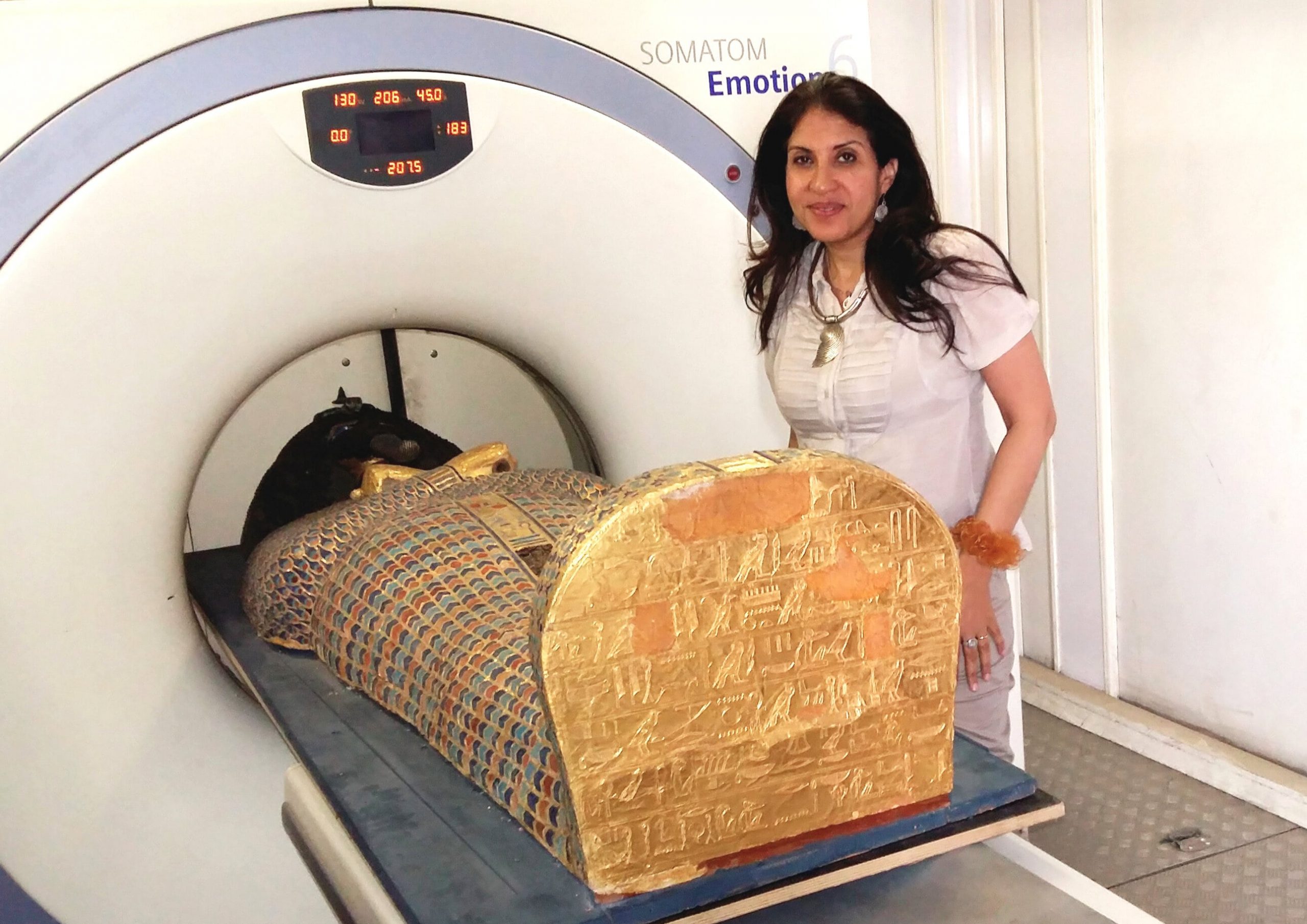
Meanwhile, someone in front of the king swung a sword or an ax at the pharaoh’s left cheek, leaving another deep slice. From the left, a weapon — probably a spear — penetrated the base of his skull, leaving a 1.4-inch-long (3.5 cm) wound.
Early archaeologists had previously reported many of these wounds, but Saleem and her colleague, Egyptologist Zahi Hawass, discovered a new set of skull fractures covered by embalming material. Concentrated on the right side of the skull, the damage seems to have been caused by a dagger and a heavy, blunt object, perhaps an ax handle.
The mummy’s hands were flexed and clenched, but there were no defensive injuries on his forearms, leading the researchers to suggest that perhaps Seqenenre Taa II’s hands were bound when he died. He may have been captured on the battlefield and executed by multiple attackers, Saleem said in the statement.
The fact that embalmers tried to patch up Seqenenre Taa II’s skull wounds suggests that he wasn’t hastily embalmed, the researchers wrote in their new study, published today (Feb. 17) in the journal Frontiers in Medicine. The pharaoh’s desiccated brain was also stuck to the left side of his skull, suggesting that someone laid him on his side after his death, either at the place where he fell or while his body was being transported for embalming.
Seqenenre Taa II may have lost his life in battle, but his successors eventually won the war.

